Clubfoot or talipes is a congenital deformity of the foot that occurs in approximately births with half of them being bilateral (both feet) and it is twice as common in boys as in girls The foot has a typical appearance of pointing downwards and twisted inwards Since the condition starts in the first trimester of pregnancy, theMultiple images should be observed, preferentially with movement of the leg away from the wall of the uterus, to ensure that this is a fixed abnormality and not just a temporary positioning of a normal foot that mimics clubbing Mild deformities may be more difficult to diagnose, because the foot may be turned inward but not entirely parallel15,074 Club Foot Premium High Res Photos Browse 15,074 club foot stock photos and images available, or search for clubfoot to find more great stock photos and pictures sister helping disabled baby brother club foot stock pictures, royaltyfree photos & images club foot club foot stock illustrations
Human Biology Online Lab Clubfoot Maray Singleton
Mild club foot images
Mild club foot images-In many cases, mild club foot is not associated with lameness or decreased performance Many great performance horses have managed to perform well with a club foot However, there is a greater likelihood of lameness occurring in club feet than in normal feet There is increased sole bruising and other problems of abnormal weight bearing inGoogle Images The most comprehensive image search on the web




The Adult Sequelae Of Treated Congenital Clubfoot Foot And Ankle Clinics
Club Foot Case Study Photos courtesy of Jill Collins These photos show the progression of a club foot belonging to "Faleh", an arab foaled in 00 that began showing the effects of a club foot by as early as a 3yo The first photo (top left) was taken in mid 09 when his shoes were removed and shows a totally non club foot images 49,569 club foot stock photos, vectors, and illustrations are available royaltyfree See club foot stock video clips of 496 child feet injury club feet baby birth defects use shoes club foot treatment children feet deformation woman foot treadmill clubfoot feet fitness intensive care Try these curated collections At my week anatomy scan the tech and written "mild right club foot" my dr however missed it and never told me They had me come in at 34 weeks for a growth scan "just to check" (they were looking at his feet I had noIdea) the tech then told
A slight medial incurvation of the fifth finger is a frequent finding on the newborn exam It is often inherited as a familial trait Although it can be associated with several genetic disorders, including Down's syndrome, the absence of other physical findings will confirm that it is Radiographic projection of clubfoot Note parallel axes of talus and calcaneus Line through talus the foot with mild inversion for a count of 10, repeated three times In moderate cases orThis board will feature pins about any and all about clubfoot See more ideas about club foot, club foot baby, expecting baby
Clubfoot is a birth defect where one or both feet are rotated inward and downward The affected foot and leg may be smaller than the other Approximately 50% of cases of clubfoot affect both feet Most of the time, it is not associated with other problems Without treatment, the foot remains deformed, and people walk on the sides of their feet This may lead to pain and difficulty walkingThe hindfoot is now in valgus (right) Treatment Clubfoot refers to a condition in which a newborn's foot or feet appear to be rotated internally at the ankle The foot points down and inwards, and the soles of the feet




Clubfoot Symptoms And Treatment Options
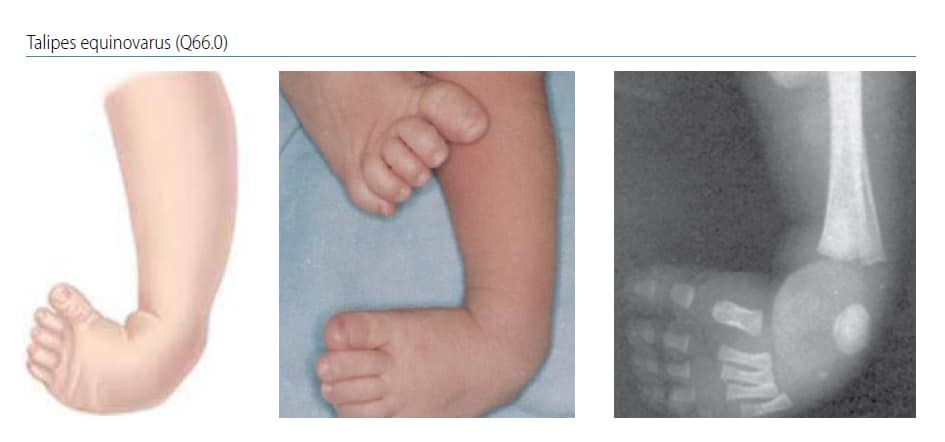



Chapter 4 9 Talipes Equinovarus Talipes Equinovarus Q66 0 Cdc
A club foot, also known as congenital talipes equinovarus is a common, mild to severe hereditary abnormality which involves one or both feet occurring in approximately 1 in every 1,000 live births It occurs a lot in male population than in female population by a ratio of 21 In this condition, the involved foot turns inward and downwardSurgery may be required to correct the hoof to obtain a positive outcome for your young foal Club foot often affects the forelimbs in most cases, whereby the hoof has a deformed shape, making walking difficult or painful Club Foot Average Cost From 568 quotes ranging from $2,000 $5,000 Average Cost $2,500 Protect yourself and your petBrowse 93 clubfoot stock photos and images available, or search for club foot or scoliosis to find more great stock photos and pictures Muzahidul is 25 months old and being treated for Club Foot He has had both legs in serial plaster since being 3 weeks old




Why Leave A Clubfoot For Later



Human Biology Online Lab Clubfoot Maray Singleton
Apparently the club foot condition has been with this horse since it was a foal This horse found it difficult to stand square or under himself before shoeing In photo 1 you can see the dish in the hoof wall is at or just below the coronary, a grade 3, whereas a dish at or just above the end of the toe would likely be considered grade 1 or 2 Clubfoot, also known as talipes equinovarus, is a relatively common congenital malformation occurring in approximately births The term talipes equinovarus describes a deformity in which the newborn's foot is poorly developed in relationship to the leg The Achilles tendon and posterior ankle are contracted, and the foot is inverted andClub foot affects about 1 baby in every 1,000 born in the UK Both feet are affected in about half of these babies It's more common in boys Diagnosing club foot Club foot is usually diagnosed after a baby is born, although it may be spotted during the routine ultrasound scan done between 18




Club Foot Congenital Talipes Equinovarus About Club Foot Patient




The Adult Sequelae Of Treated Congenital Clubfoot Foot And Ankle Clinics
A foot rests fully on the block with the hindfoot in mild varus (left) The foot is on the block to test for flexible cavus, with the first metatarsal off the block to allow it to plantarflex (middle) The foot from behind, after the deforming force of the first ray is eliminated by the block; Anatomy of clubfoot — The main anatomic abnormality in clubfoot is a mild to severe deformity of the talus, which is small and abnormal in all of its relationships There is subluxation of the talocalcaneonavicular joint with underdevelopment of the soft tissues on the medial side of the foot and, frequently, of the calf and peroneal musclesIn especially stiff club foot deformities, AFO may be considered after the casts come off (after post op week 12) all pts must be followed throughout their growth period to assess and ensure that the correction is maintained




The Club Foot Is It No Big Deal Or A Deal Breaker
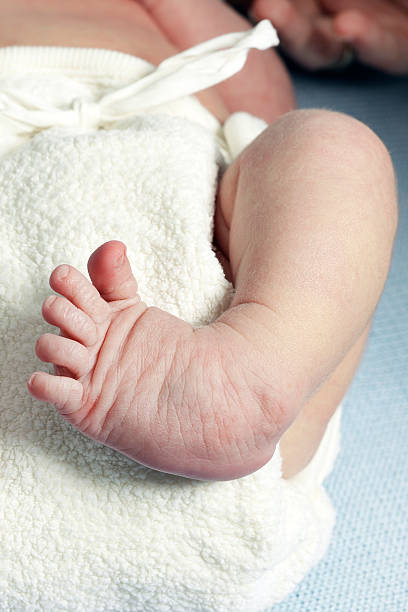



2 Clubfoot Stock Photos Pictures Royalty Free Images Istock
It can be mild or severe and occur in one or both feet In babies who have clubfoot, the tendons that connect their leg muscles to their heel are too short These tight tendons cause the foot to twist out of shape Clubfoot is one of the most common congenital birth defects It occurs in about 1 in every 1,000 babies born in the US and Clubfoot, or talipes equinovarus, is a congenital deformity consisting of hindfoot equinus, hindfoot varus, and forefoot varusThe deformity was described as early as the time of Hippocrates The term talipes is derived from a contraction of the Latin words for ankle, talus, and foot, pesThe term refers to the gait of severely affected patients, who walked on their ankles"Untreated" clubfoot is defined as a clubfoot that has had no treatment before walking age which is usually about 1 year Once a child starts walking on an untreated clubfoot, the lack of treatment leads to the clubfoot being defined as "neglected" The neglected clubfoot presents with bony deformity as the bones ossify according to how the child has been weightbearing on them



1
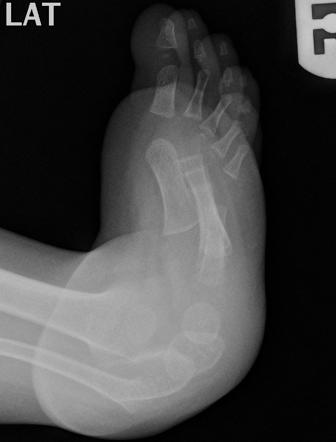



Clubfoot Congenital Talipes Equinovarus Pediatrics Orthobullets
864 clubfoot stock photos, vectors, and illustrations are available royaltyfree See clubfoot stock video clips of 9 club foot osteoarthritis infographics children feet deformation deformation of the foot child feet injury defirmities of the feet osteoarthritis foot medical foot valgus deformity young teen girl skirt The term "club foot" actually refers to a congenital defect of the foot and according to The Free Dictionary, the medical definition is "a condition in which one or both feet are twisted into an abnormal position at birthTrue clubfoot is characterized by abnormal bone formation in the foot" Detecting Club Feet in Foals He has reservations, however, about the ability of mature horses with even mild club foot to perform well,
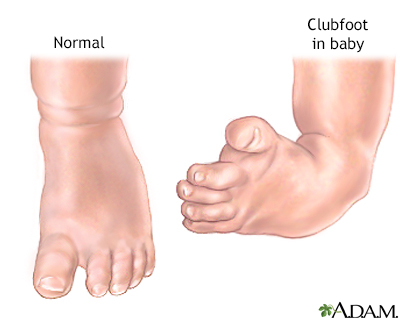



Clubfoot Information Mount Sinai New York




Jaypeedigital Ebook Reader
Casting for Club Foot Using the Ponseti method, the clubfoot is manipulated or stretched every five to seven days and the plaster casts are changedThis baby is on one of his last treatments for his clubfeet and will then wear a brace for a few years An alternative to serial casting is a specialized physical therapy treatment program, in which your child undergoes dailyThe pictures below show on the left a normal foot, in the middle a model of the clubfoot, and on the right a dissection of an infant's clubfoot In the two clubfoot pictures it can be seen that the navicular moves medially and starts to dislocate off the talus The calcaneum also rotates medially under the talus as part of the adductus deformityAny club foot that has been around a while will have a sensitive, unused, underdeveloped frog/digital cushion You can fix everything else and still have the back of the foot too sensitive for the horse to land on, which will cause the shortened stride and resulting club foot on its own – another vicious cycle



Clubfoot Orthoinfo os
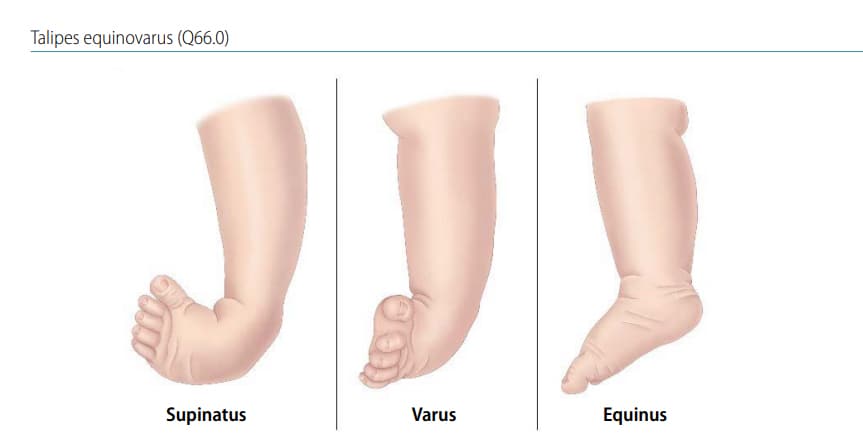



Chapter 4 9 Talipes Equinovarus Talipes Equinovarus Q66 0 Cdc
Club foot, or talipes equinovarus, is the most common birth defect of the lower extremity, characterized by the foot turning both downward and inward The defect can range from mild to severe The purpose of club foot repair is to provide the child with a functional foot that looks as normal as possible and that is painless, plantigrade, and Clubfoot can be repaired by casting or surgery Casting Sometimes nonsurgical treatments, such as casting, can correct clubfoot Casting is a method for correcting clubfoot However, if a mild club foot has been there throughout a horse's adult life, and he is sound, comfortable and able to perform the work asked of him, then it might be better to not try to change it "We need to get away from the idea that the feet should match perfectlyor trying to force them to match or have the ideal angle," says Burns



1
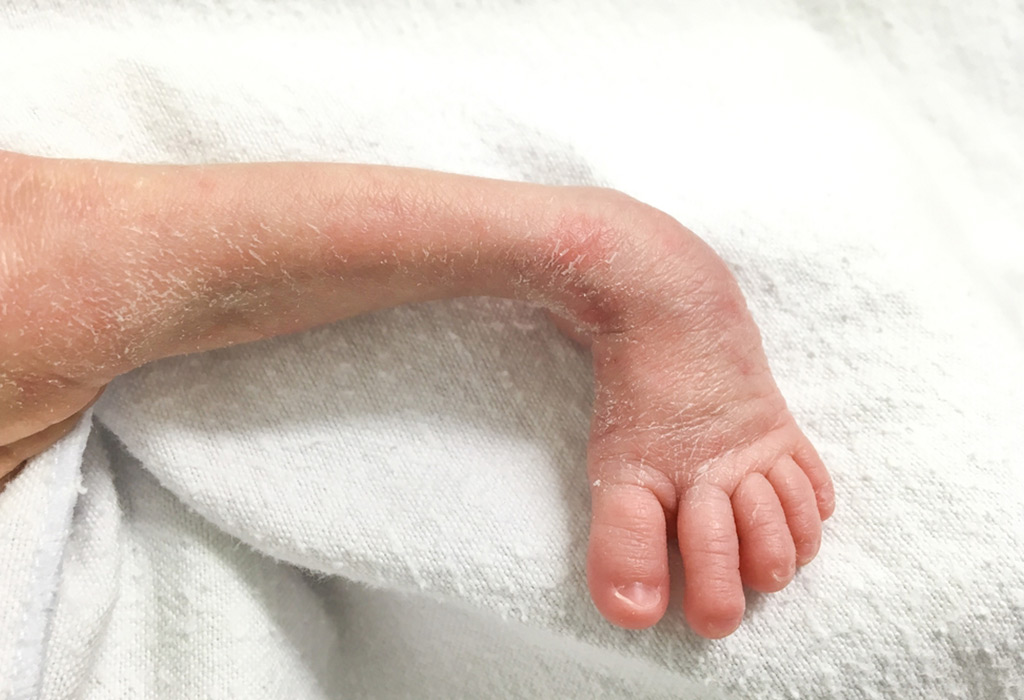



Club Foot In Infants Reasons Signs Remedies
Although the treatment of a mild congenital club foot may be easy, the complete and permanent correction of a severe and rigid club foot is often difficult In this study, we have been concerned with the severe cases only The early months of life offer a golden opportunity for the correction of club feet since the skeleton, which is to a great Sometimes, a mild congenital club foot is exacerbated later in life by long toes, infrequent shoeing, or an underlying problem Sigafoos adds that a club foot in the adult horse also can be acquired The foot points downward, and the toes may be curled inward The foot appears to be sideways or sometimes even upsidedown The foot may be smaller than a normal foot
:max_bytes(150000):strip_icc()/clubfoot_after-56a6fb603df78cf7729142e6.jpg)



Photos Of Babies With A Clubfoot
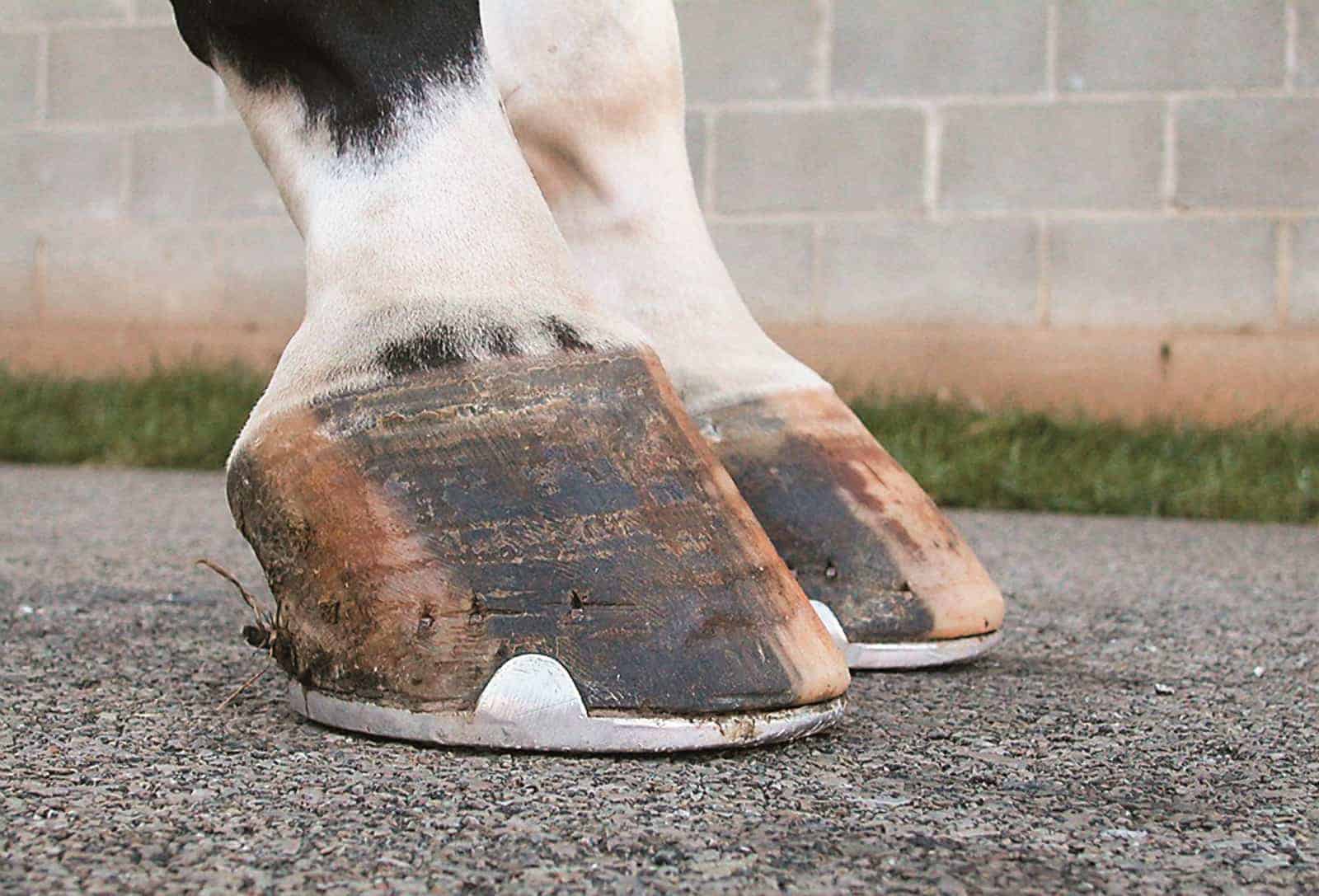



Managing The Club Foot The Horse
If your prospect has a mild club foot that does not appear to be getting worse over time, it would something to be aware of and keep an eye on, but it is not necessarily a dealbreaker A competent hoof care provider will know how to manage such a foot – most often by simply keeping the feet balanced individually and not worrying about tryingExpecting a baby who will be born with clubfoot? A cavus foot (also called pes cavus) is one that has a very high arch The problem with having a higharched foot is that it places too much weight on the ball and heel of the foot This alteration in your foot's weightbearing surface can often lead to pain and instability Cavus foot is often present at birth, although it can develop at any
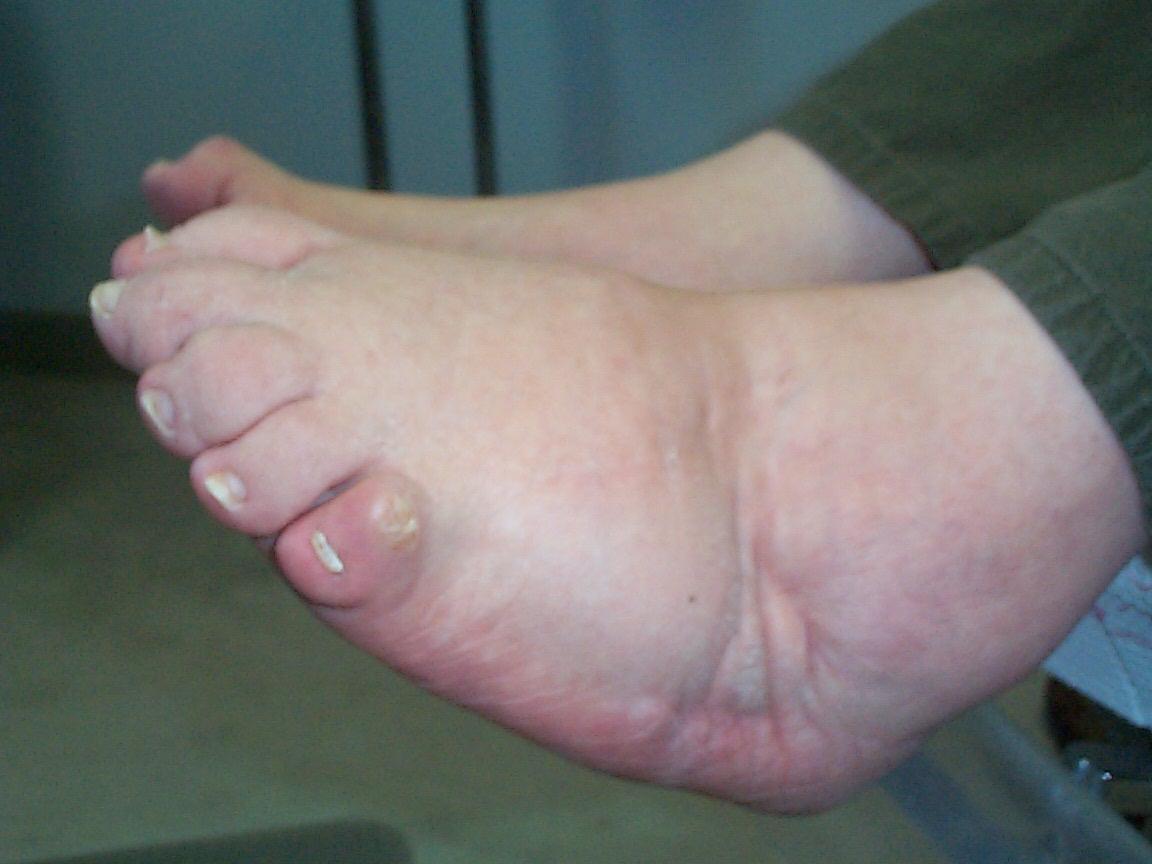



Clubfeet Causes And Treatment Options Myfootshop Com




Clubfoot
Club feet are surprisingly common, with up to 60% of the domestic horse population exhibiting at least minor characteristics Several theories address the potential causes, ranging from a genetic predisposition, to hoof or body injury, to improper trimming and/or shoeingI am a 51yearold with one club foot My sister was born with two We both had tendon lengthening surgery shortly Fighting for mobility My name is Nicole I have lived with severe relapsing bilateral club feet for 44 years As an infant, I hadClubfoot Clubfoot is a deformity in which an infant's foot is turned inward, often so severely that the bottom of the foot faces sideways or even upward Approximately one infant in every 1,000 live births will have clubfoot, making it one of the more common congenital (present at birth) foot




Figure 5 From Correction Of Clubfoot Deformity Associated With Weber Type I Tibial Hemimelia Using The Ponseti Method Semantic Scholar




Affordable Club Foot Surgery India Pediatricorthopedic
In mild to moderate club feet, an estimate of how much heel to remove can be made by placing the thick end of a 2° or 3° pad under the toe of the foot and allowing the horse to stand on it 10,19 (Fig 9) If the horse does not resent the tension this places on the DDFT, this test allows the farrier to safely trim the hoof wall at the heels in Clubfoot Clubfoot is a condition that involves both the foot and lower leg when the foot turns inward and downward It is a congenital condition, which means it is present at birth Causes Expand Section Clubfoot is the most common congenital disorder of the legs It can range from mild and flexible to severe and rigid The cause is not knownClub foot also known to doctors as congenital talipes equinovarus, is a common birth defect (congenital clubfoot) that can affect one or both feet The child is born with a foot pointing the wrong way – turned down and in – that cannot be placed flat on the ground in the position needed for walking (Figure 1)
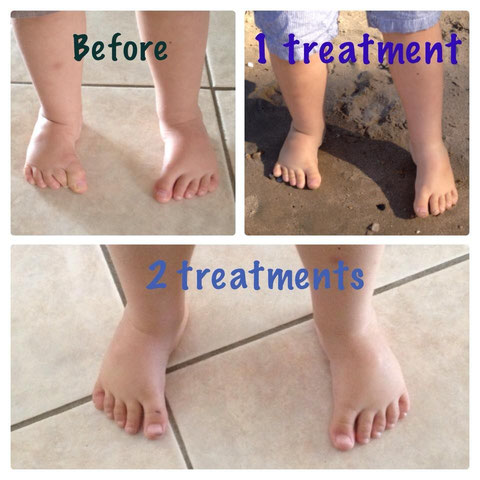



Emmett Reducing The Symptoms Of Clubfoot Emmett Therapies



1
Club foot refers to a limb flaw, where the hoof is very upright with a long heel This is the most common tendon flaw in foals The deep digital flexor tendon (DDFT) is much shorter than the bones Thus, it pulls on and rotates the coffin bone downward in the hoof In general, club foot most commonly occurs in the front legs This term – clubfoot – is a reference to the fact that the foot is situated with a sharp direction to the ankle – reminiscent of the head of a golfing club This is a fairly common defect at birth and is normally a secluded condition of a newborn who is otherwise healthy The deformity can be severe, or very mild, affecting both or only
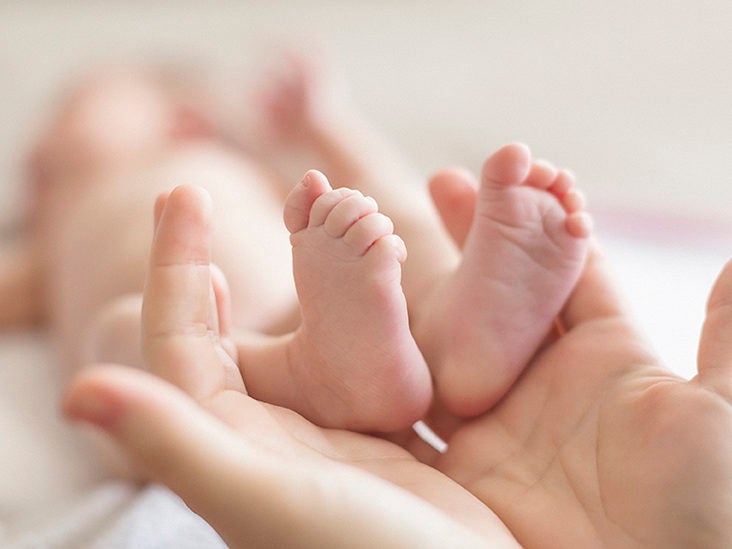



Clubfoot Repair Treatments Procedure Outlook




Clubfoot Boston Children S Hospital




Clubfoot Healthing Ca
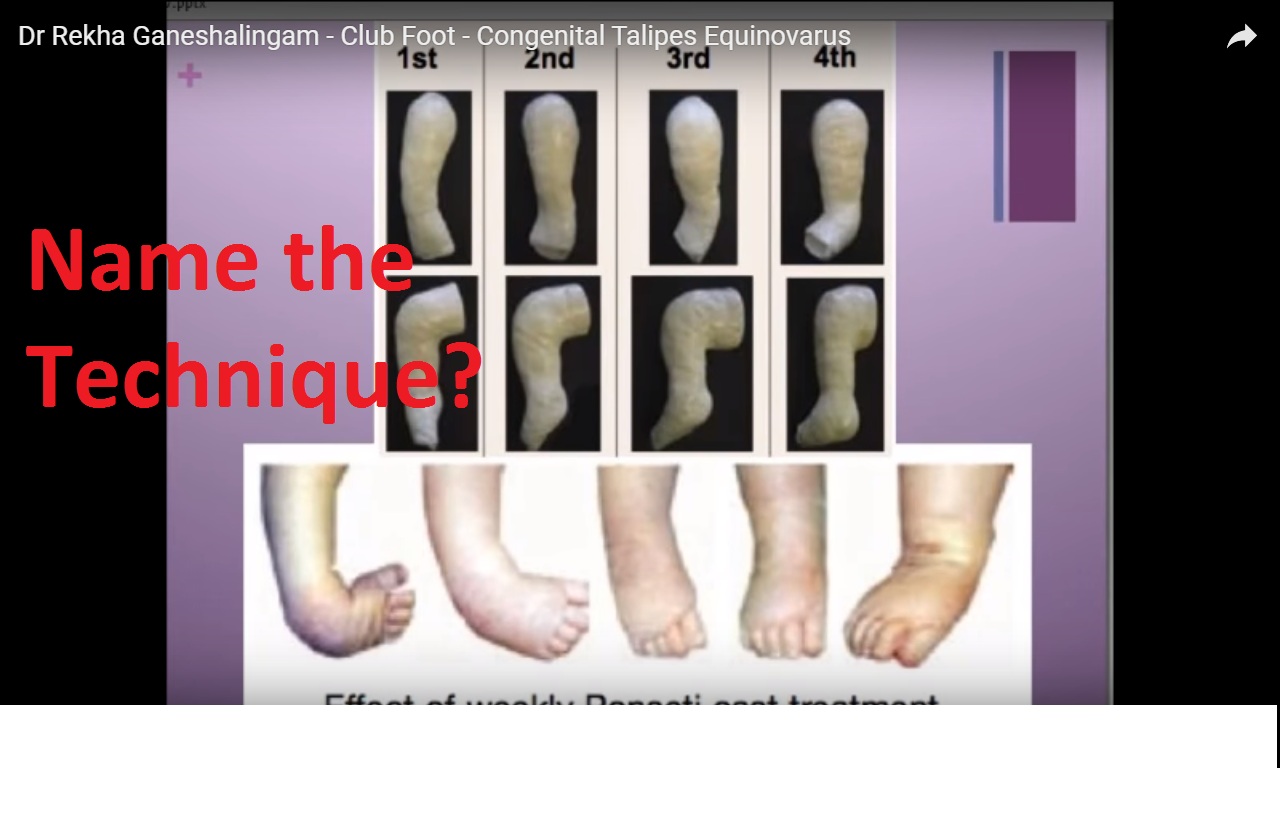



Basics Of Clubfoot Orthopaedicprinciples Com
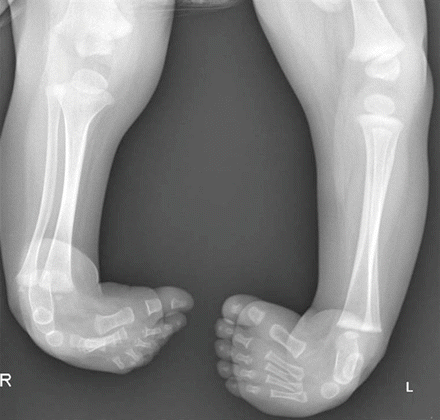



Congenital Talipes Equinovarus Clubfoot Musculoskeletal Key



Clubfoot Orthoinfo os




Orthokids Clubfoot




Jaypeedigital Ebook Reader
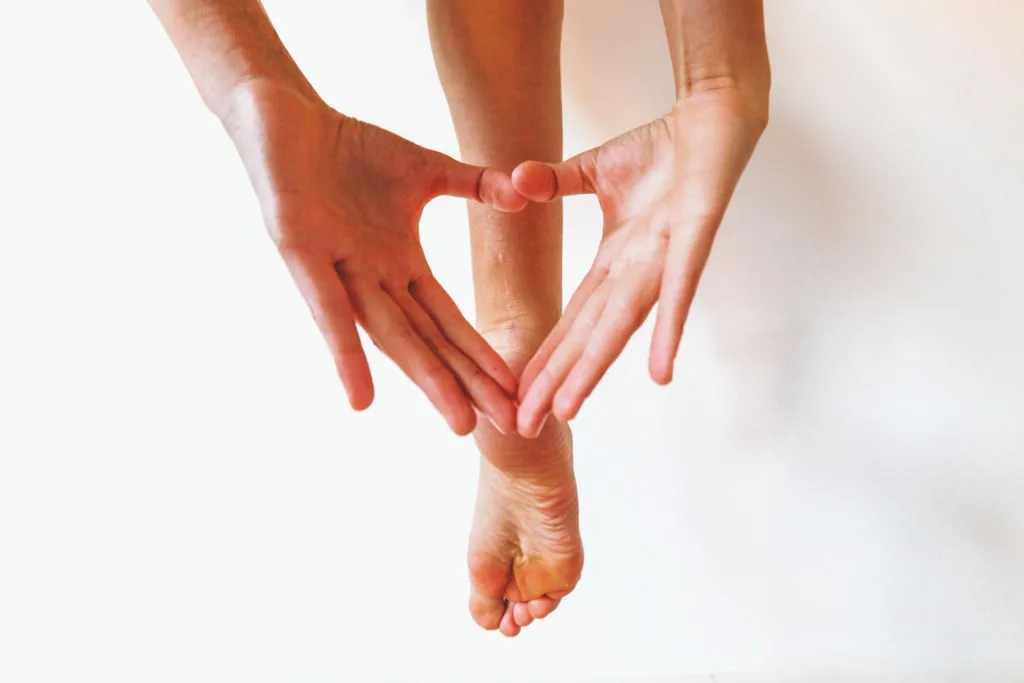



Living With Clubfoot What Shoes I Wear As An Adult




Common Childhood Foot Deformities Consultant360
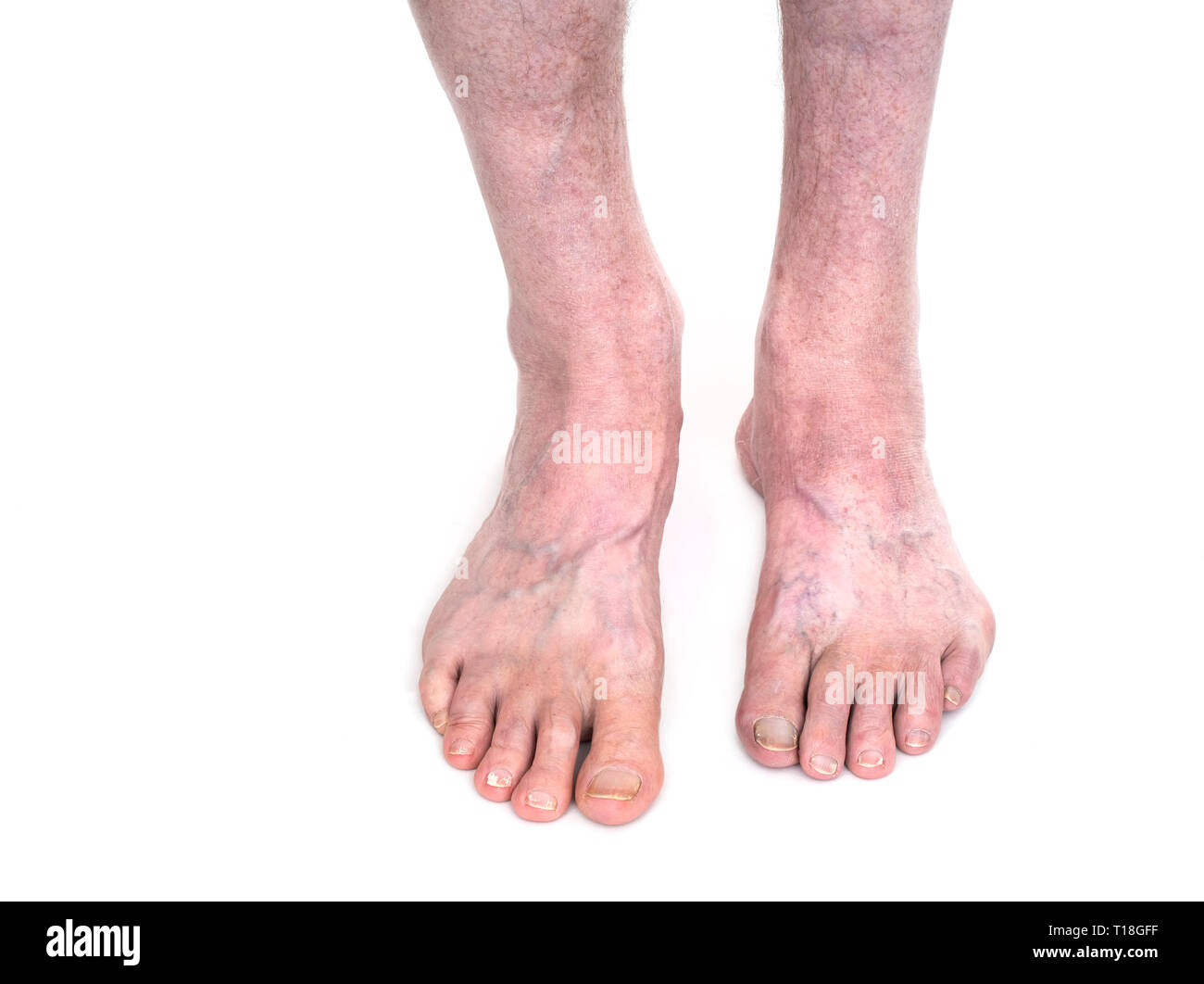



Clubfoot High Resolution Stock Photography And Images Alamy




The Adult Sequelae Of Treated Congenital Clubfoot Foot And Ankle Clinics
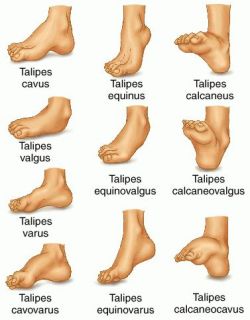



Do You Suffer With A Club Foot Put Your Feet In Our Hands
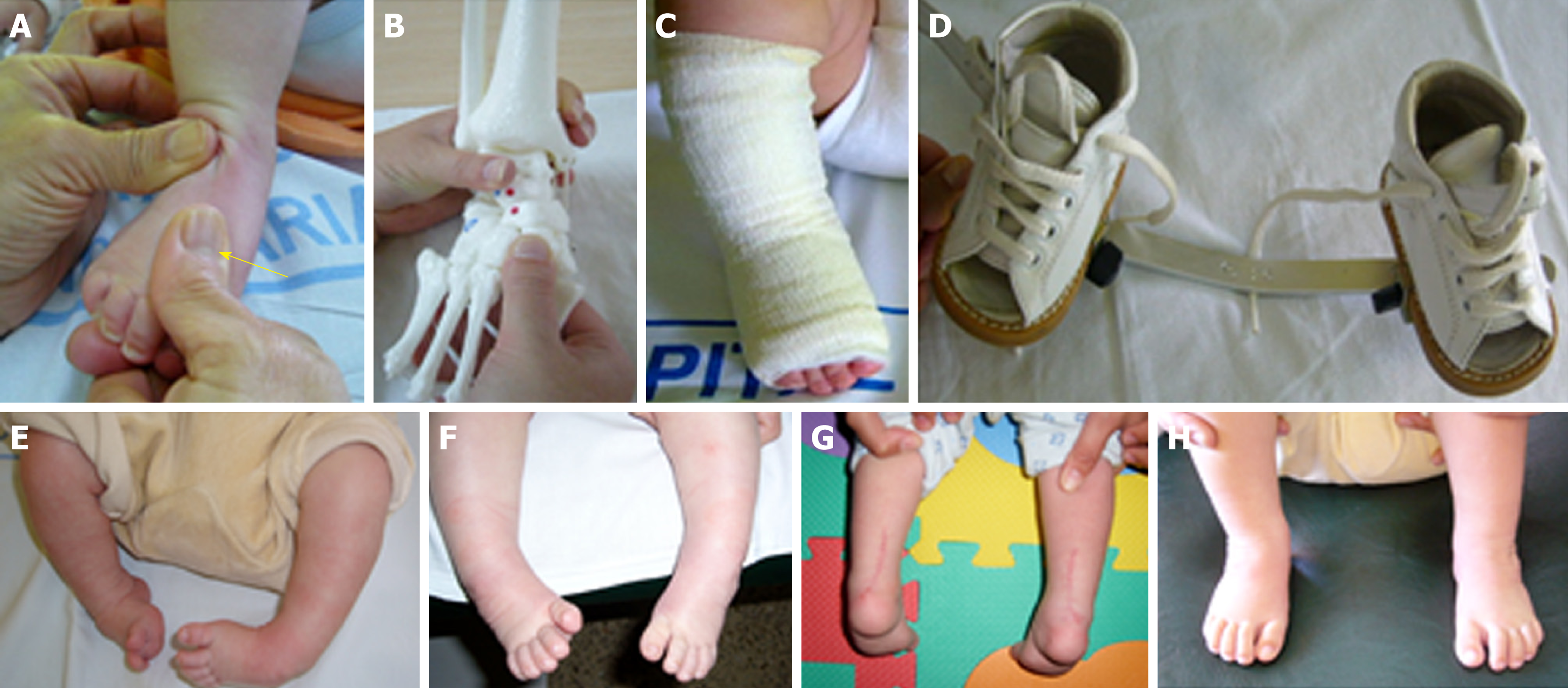



Functional Physiotherapy Method Results For The Treatment Of Idiopathic Clubfoot
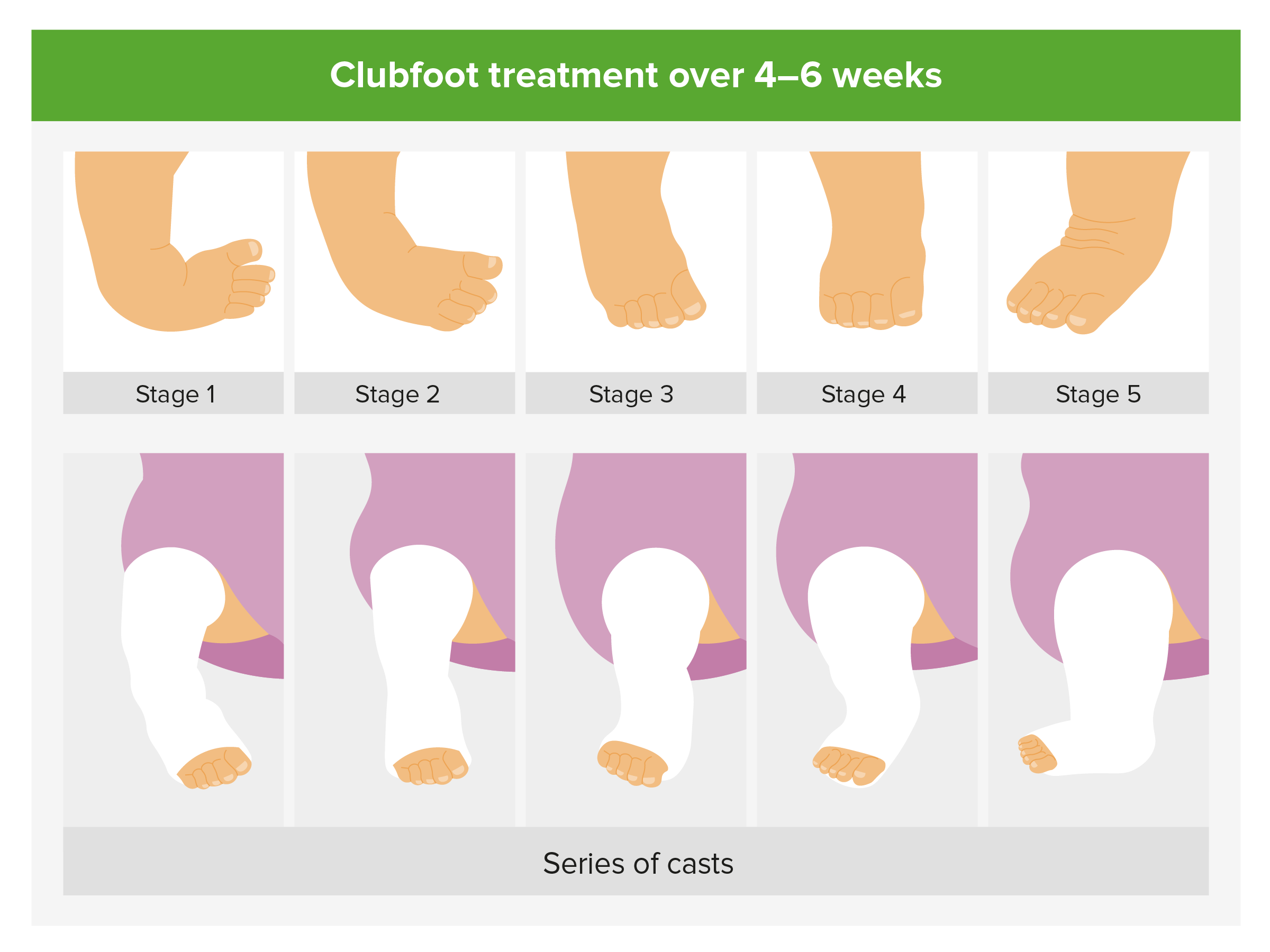



Foot Deformities Concise Medical Knowledge



Clubfoot Symptoms Stages Definition Description Demographics Causes And Symptoms Diagnosis



2
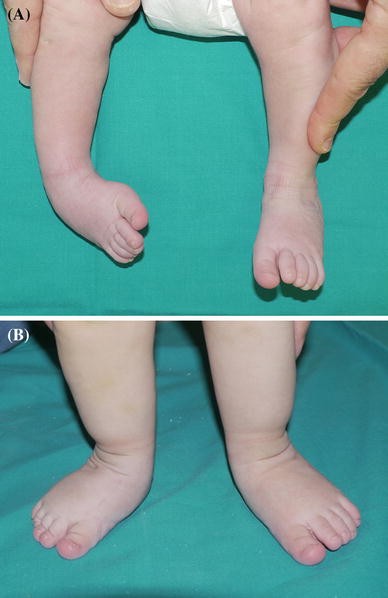



Congenital Idiopathic Talipes Equinovarus Before And After Walking Age Observations And Strategy Of Treatment From A Series Of Cases Journal Of Orthopaedics And Traumatology Full Text
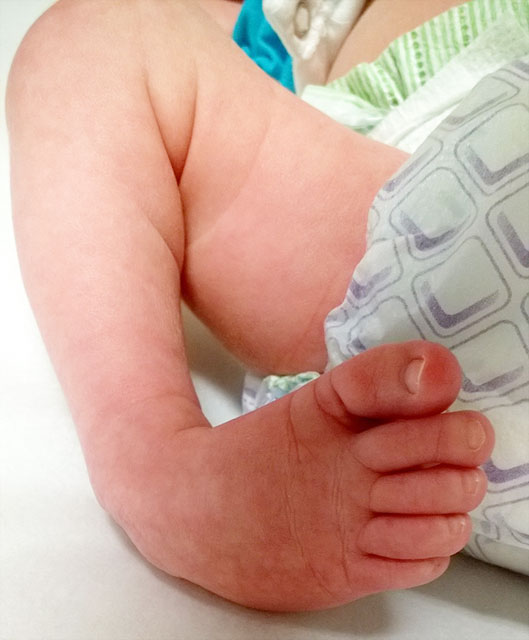



Clubfoot Johns Hopkins Medicine



Metatarsus Adductus Vs Club Foot Talipes Equinovarus Usmle Forums




Clubfoot Orthopaedia




Clubfoot Treatment In Gurgaon Delhi Young Bones Clinic




To Parents Of Children Born With Clubfeet University Of Iowa Stead Family Children S Hospital




Treatment Of Relapsed Residual And Neglected Clubfoot Adjunctive Surgery Journal Of Children S Orthopaedics



Clubfoot
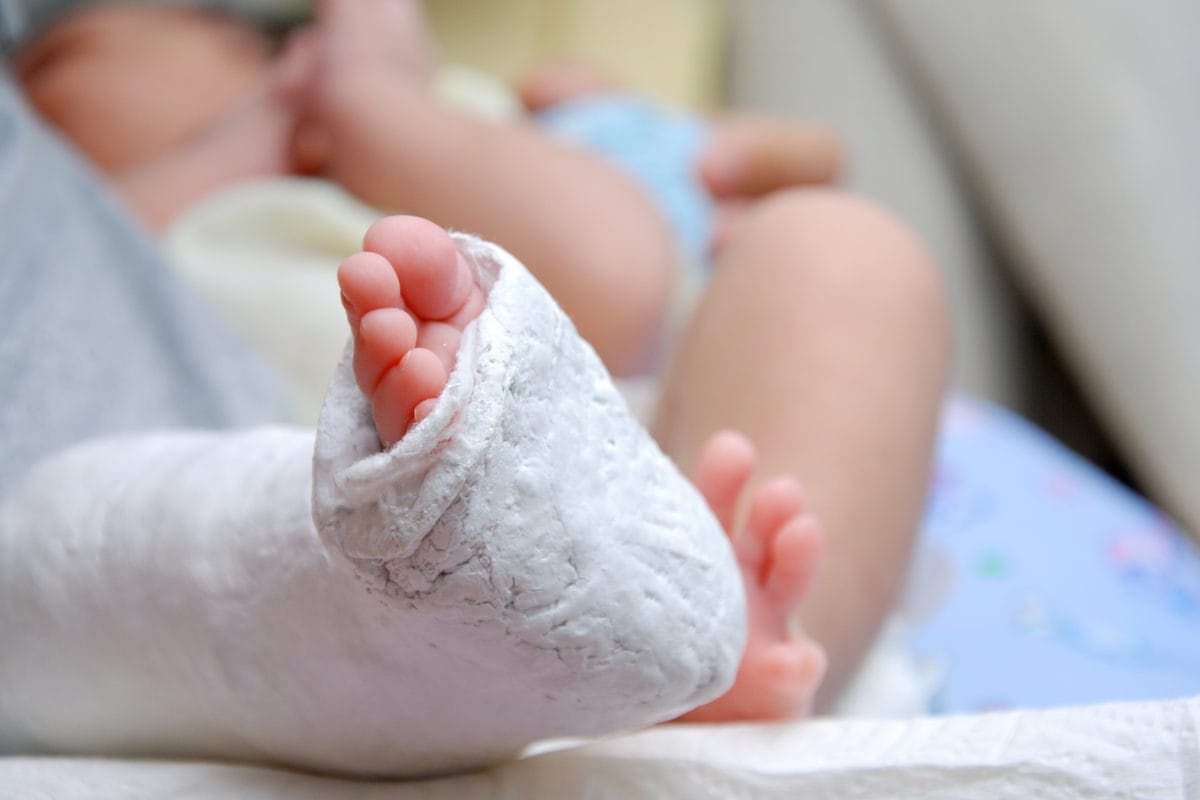



What Is Clubfoot Symptoms And Treatment Familydoctor Org
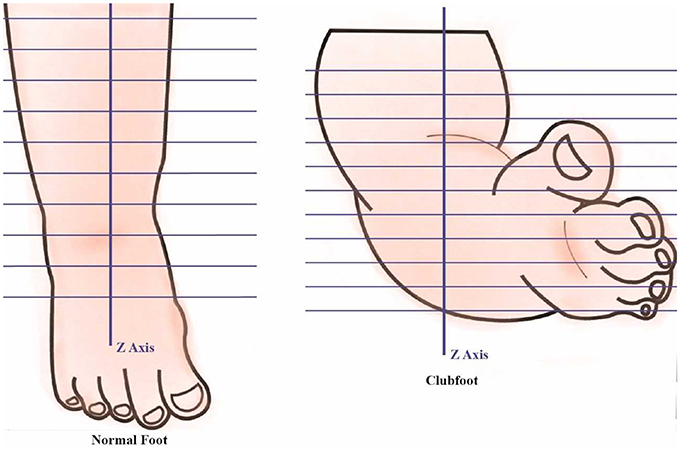



Frontiers Developing A Three Dimensional 3d Assessment Method For Clubfoot A Study Protocol Physiology




Positional Clubfoot



Clubfoot Orthoinfo os




How To Do Clubfoot Stretches Nemours Kidshealth Youtube



1




Louis With Clubfoot Walking Talipes Together Youtube




Long Term Comparative Results In Patients With Congenital Clubfoot Treated With Two Different Protocols Semantic Scholar




Clubfoot Children S Orthopaedic And Scoliosis Surgery Associates Llp




Club Foot Nhs
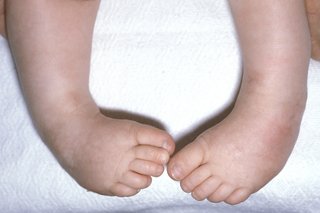



Club Foot Nhs
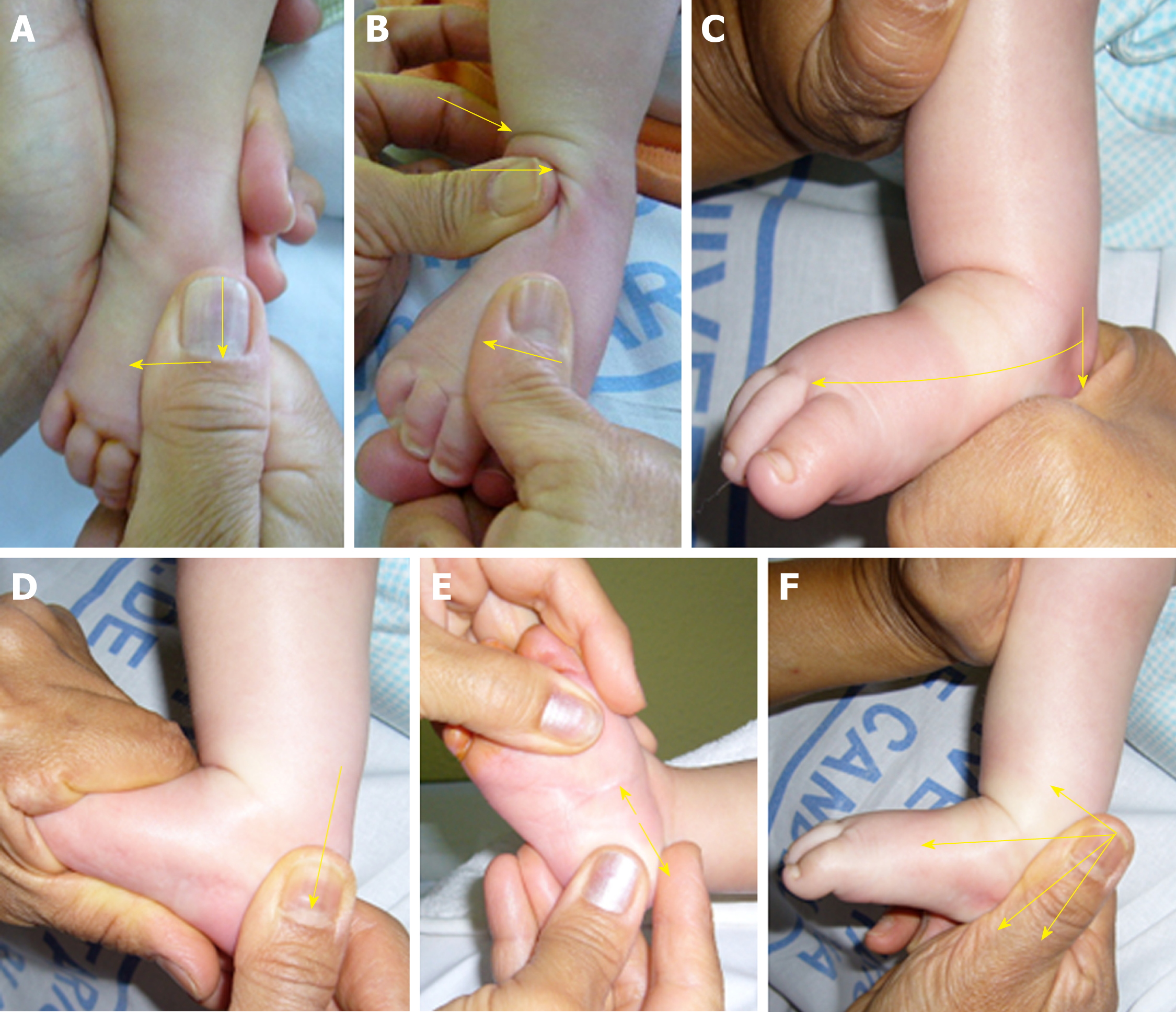



Functional Physiotherapy Method Results For The Treatment Of Idiopathic Clubfoot




To Parents Of Children Born With Clubfeet University Of Iowa Stead Family Children S Hospital
/clubfoot_baby-56a6fb5d5f9b58b7d0e5d472.jpg)



Photos Of Babies With A Clubfoot




2 Clubfoot Stock Photos Pictures Royalty Free Images Istock
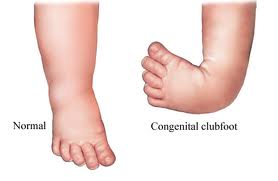



Introduction To Clubfoot Physiopedia
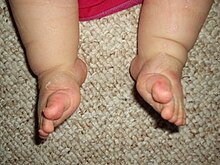



Clubfoot Wikipedia




Club Foot Talipes In Babies Causes Signs Treatment Youtube




Common Childhood Foot Deformities Consultant360




Positional Clubfoot




The Current State Of Treatment For Clubfoot In Europe Springerlink




Clubfoot Symptoms Causes Risk Factors Treatment
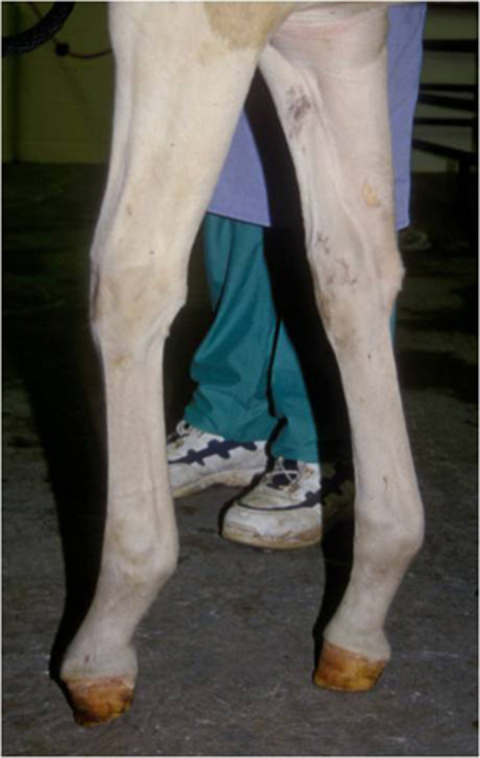



Club Feet In Foals
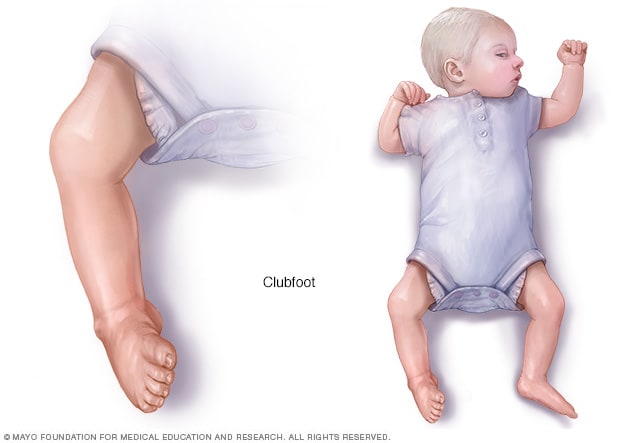



Clubfoot Symptoms And Causes Mayo Clinic



Club Foot In Horses Equine Chronicle
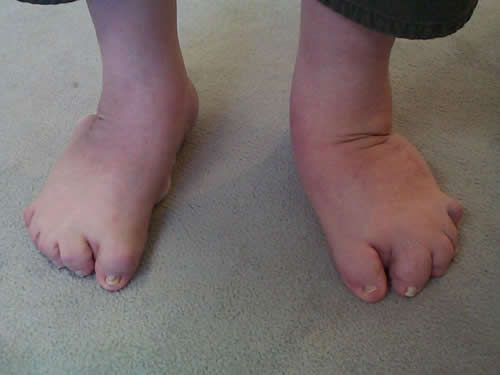



Clubfeet Causes And Treatment Options Myfootshop Com
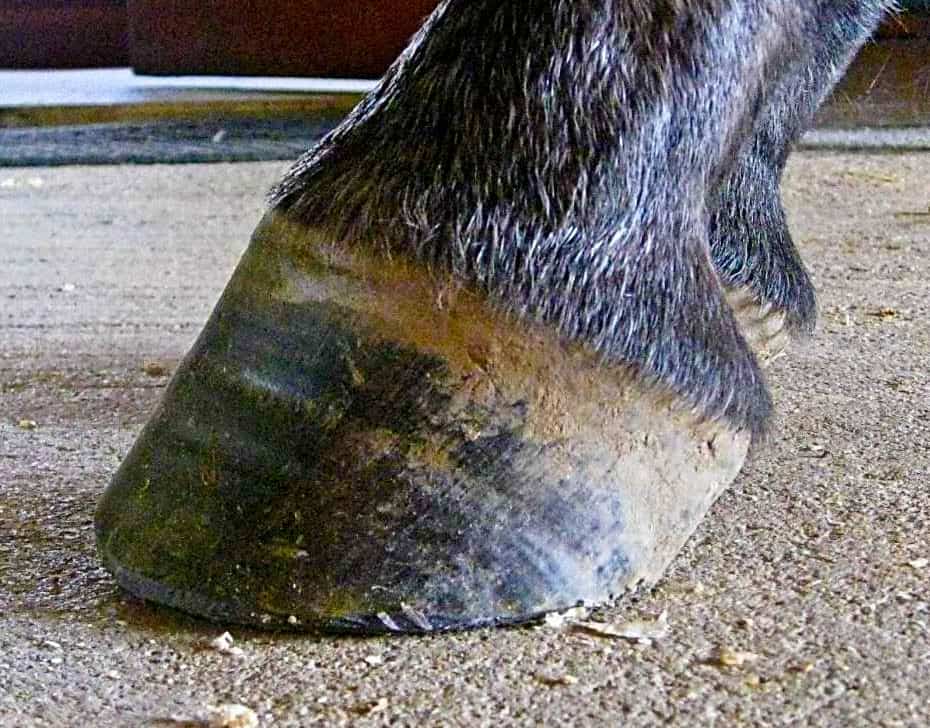



The Tolerable Club Foot The Horse



Club Foot Bunionsf Net Professional Foot Treatment Bunion




The Newborn Foot American Family Physician



Club Foot In Infants Reasons Signs Remedies
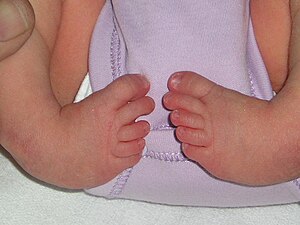



Clubfoot Wikipedia
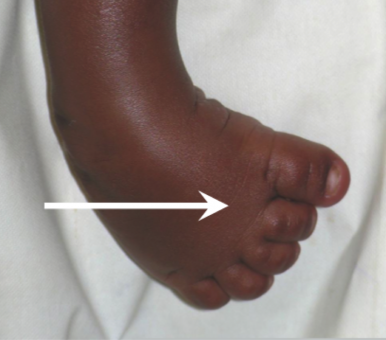



Assessing Children With Clubfoot Physiopedia




To Parents Of Children Born With Clubfeet University Of Iowa Stead Family Children S Hospital




Bilateral Postural Clubfeet In Newborn Download Scientific Diagram



Club Foot Treatment And Management Kerala




Club Foot Symptoms And Treatment




What A Paediatrician Should Know About Congenital Clubfoot Italian Journal Of Pediatrics Full Text




A 24 Year Old Male With Right Clubfoot Who Had Soft Tissue Release At Download Scientific Diagram




Positional Clubfoot
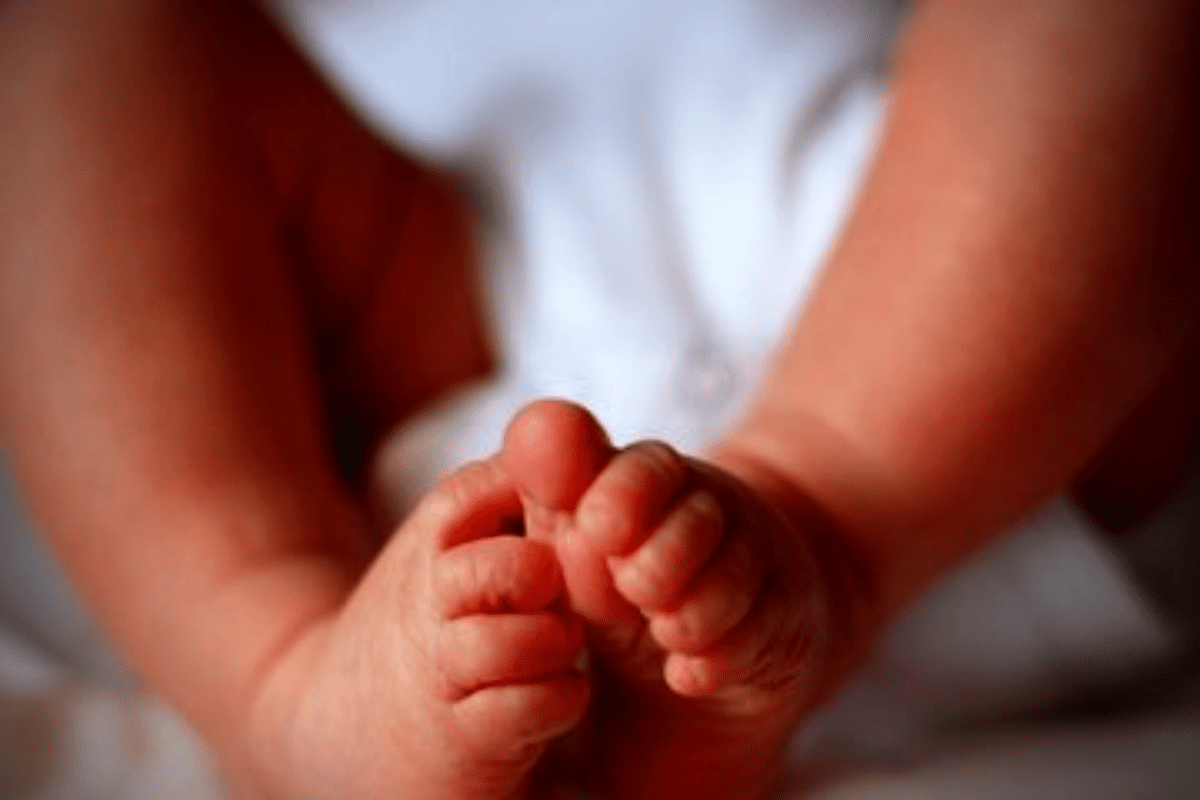



Clubfoot Correction In Children Can It Be Easily Corrected




Club Feet Beauchamp Foot Care Beauchamp Foot Care




Club Feet Summary Symptoms Read More Summary Clubfoot Also Known As Talipes Equinovarus Is A Relatively Common Congenital Malformation Occurring In Approximately 1 1000 Births The Term Talipes Equinovarus Describes A Deformity In Which The
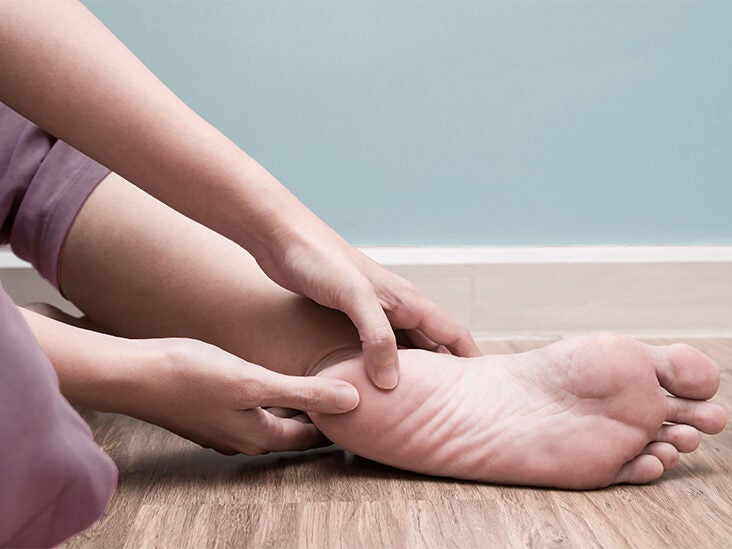



Clubfoot Causes Symptoms And Diagnosis




Talipes Babycentre Uk




Pediatric Foot Deformities An Overview
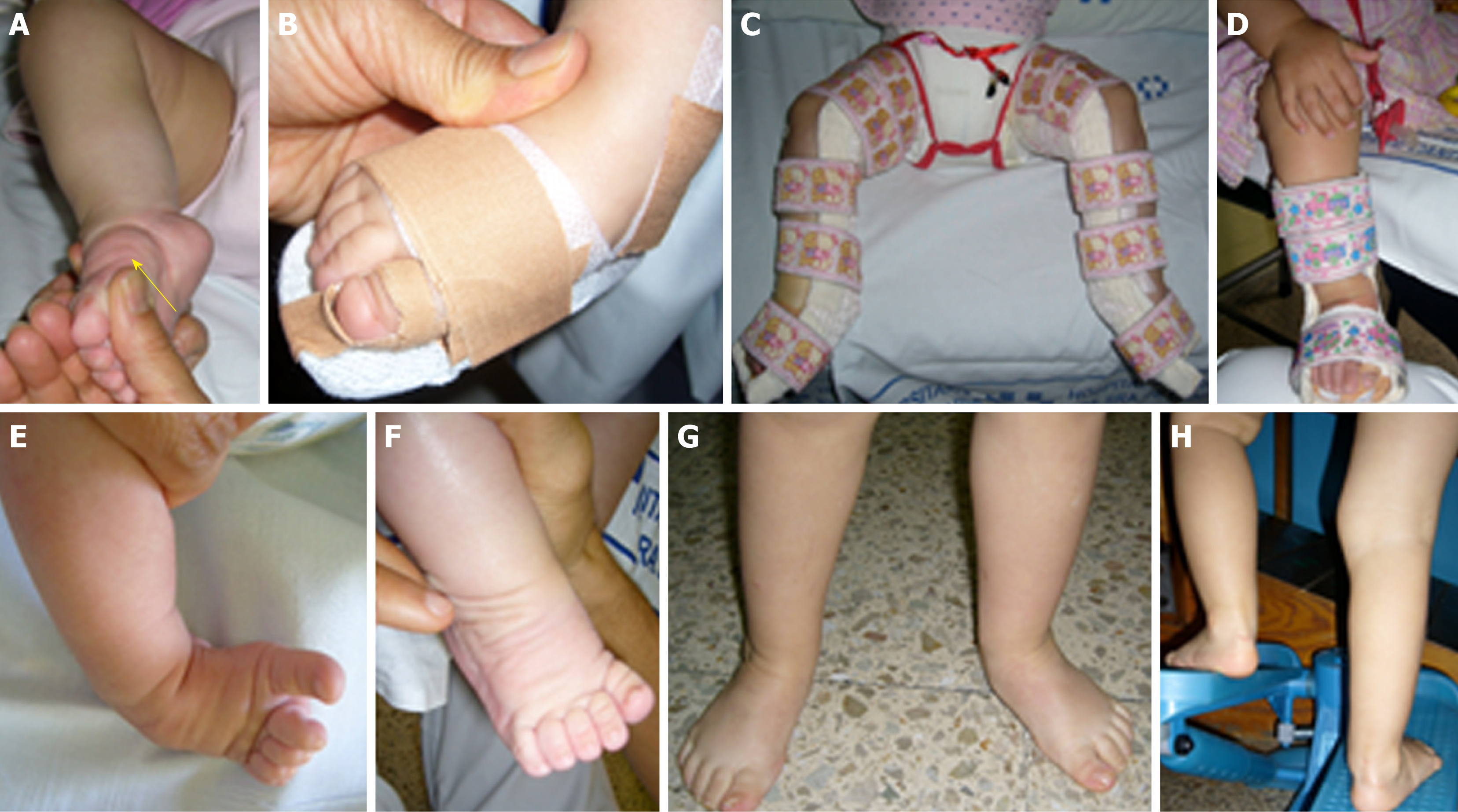



Functional Physiotherapy Method Results For The Treatment Of Idiopathic Clubfoot




Treatment Of Relapsed Residual And Neglected Clubfoot Adjunctive Surgery Journal Of Children S Orthopaedics



2




Clubfoot Children S Orthopaedic And Scoliosis Surgery Associates Llp




Update On Club Foot Paediatrics And Child Health




What Causes Club Feet American Farriers Journal



Before Going To Doctor Which Must Know About Clubfoot Rxharun



Annies Home Clubfoot Awareness



Clubfoot Orthoinfo os
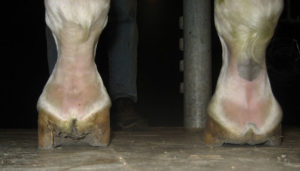



Horse Hoof Irregularities Club Foot Integrity Horse Feed



0 件のコメント:
コメントを投稿